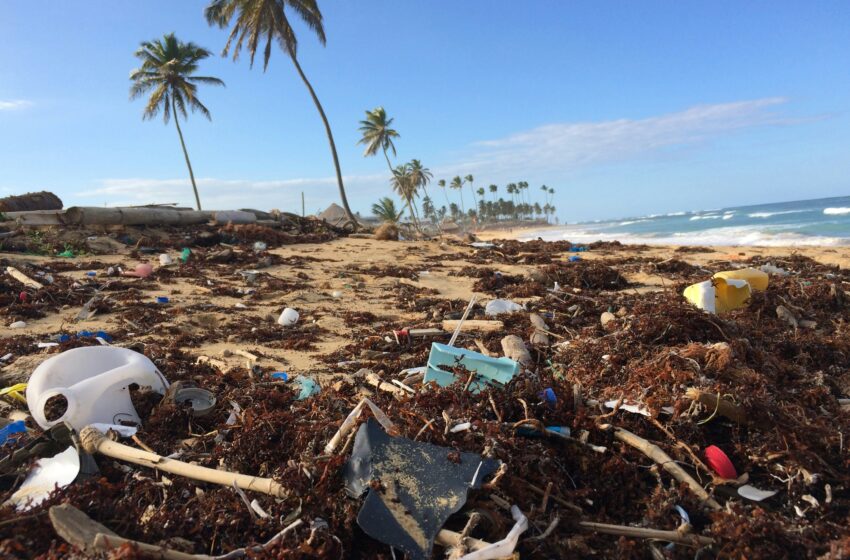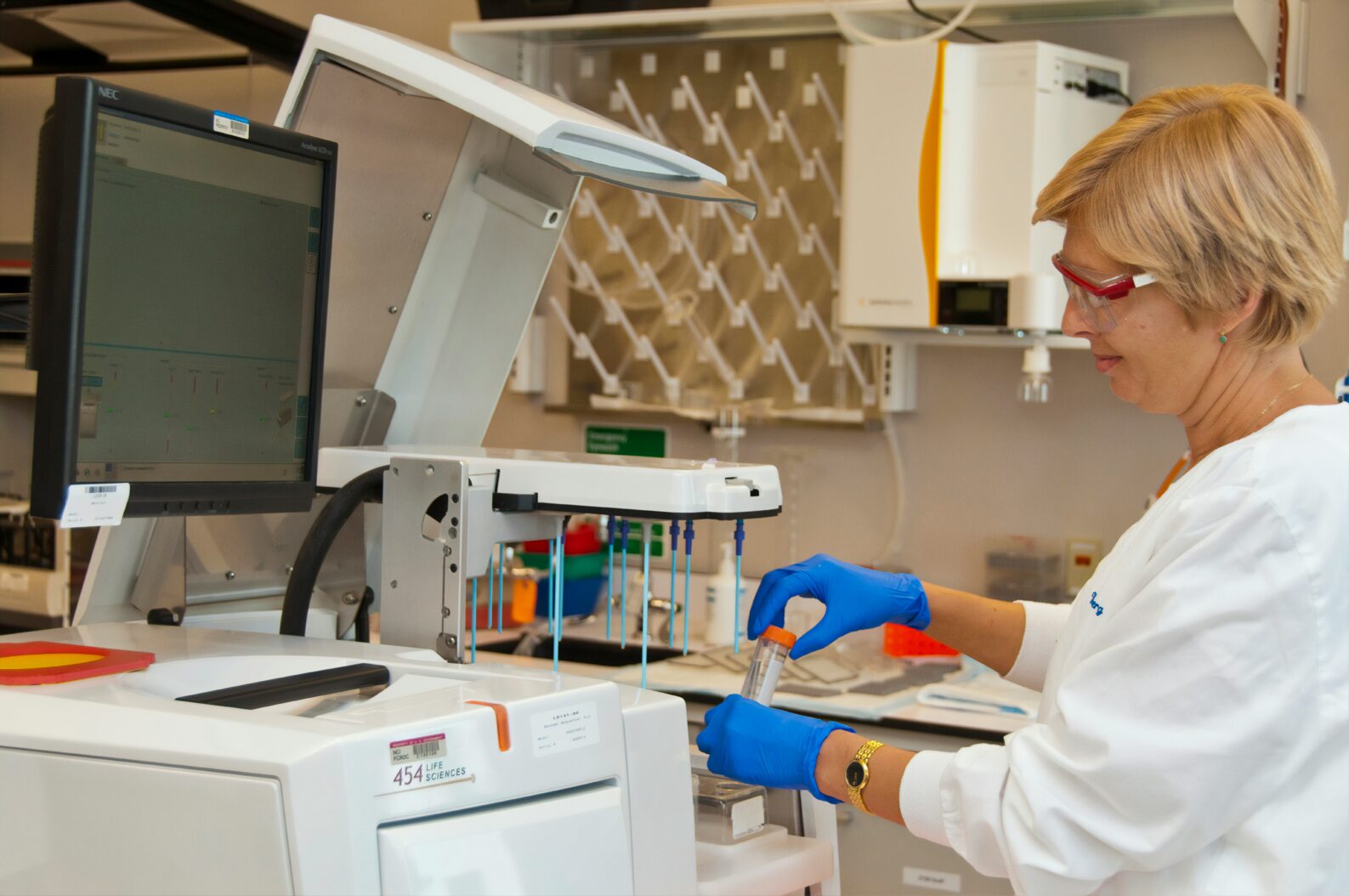
The Plastic Dilemma: America’s Growing Crisis and the Search for Sustainable Solutions
America is grappling with a plastic crisis of monumental proportions. With an astonishing annual output of 40 million tons of plastic garbage, the country faces significant environmental difficulties. As the scale of plastic pollution grows, urgent action must be taken to solve this critical problem and ensure the sustainability of the planet.
To put it in perspective, this amount of plastic waste could blanket Manhattan in a meter-deep layer. Historically, America exported a significant portion of its plastic waste to countries like China. However, since China halted plastic imports in 2018, the U.S. has been forced to confront its unsustainable plastic consumption head-on.
The Illusion of Recycling
America is dealing with the sobering truth that 91% of plastic is economically unviable for recycling, highlighting the critical need for sustainable waste management solutions. Despite the widespread belief in recycling as a solution, the reality is grim. A mere 9% of all plastic ever produced has been recycled, with a staggering 72% ending up in landfills or polluting the environment. Companies have long touted recycling as a sustainable practice, but in many cases, this is merely greenwashing. Often, what is promoted as recycled plastic is actually new plastic, and the majority of what is collected ends up downcycled rather than recycled.
The Exporting Dilemma and the Global South
Following China’s ban, many Western countries, including the U.S. and the UK, began sending their plastic waste to countries like Thailand and Malaysia. However, these countries soon followed suit in banning waste imports, signaling an end to the Global South serving as the West’s dumping ground. The message was clear: The world must find sustainable solutions to its plastic waste problem rather than exporting it to developing nations.
Pyrolysis: A Controversial Solution?
In the search for alternatives, oil corporations like Chevron and Exxon are championing pyrolysis, a form of chemical recycling that turns plastic into crude oil. They argue that this process extends the life of plastic that would otherwise end up in landfills. However, critics raise concerns about the environmental impact of pyrolysis facilities, which emit toxic pollutants like mercury, benzene, and arsenic. Moreover, recent studies suggest that turning pyrolysis oil back into plastic may be more environmentally damaging than producing new plastic.
Akron’s Plastic Push
Akron, Ohio, known as a hub for polymer companies, has become ground zero for the push toward chemical recycling. With millions of dollars in funding from the CHIPS Act, the city aims to create a circular economy around plastic. America’s first large-scale plastic pyrolysis facility was opened in Akron in 2012 by Alterra Energy. While the company claims its facility is profitable and diverts significant amounts of plastic from landfills, questions remain about the effectiveness and environmental impact of the pyrolysis process.
The UN Steps In
In a promising development, the UN adopted a resolution in early 2022 aimed at ending all plastic pollution. This legally binding international treaty seeks to address plastic production and recycling comprehensively. Organizations like Break Free From Plastic argue that cutting plastic production must be a priority. They recommend measures such as bans on single-use plastics, plastic taxes, and regulations that prioritize recyclable plastics.
The Road Ahead: A Call for Reduction
Despite the challenges, there are signs of hope. Over 500 cities and 12 states in the U.S. have already banned plastic bags, reducing plastic consumption significantly. Vicky Abou-Ghalioum of the Buckeye Environmental Network believes the reduction in plastic production is entirely possible and points to the success of such bans as evidence.
Public Awareness and Individual Responsibility
One crucial aspect often overlooked in the plastic crisis is public awareness and individual responsibility. While corporations and governments play a significant role in finding solutions, individual consumers can also make a difference. By reducing our reliance on single-use plastics, recycling responsibly, and supporting businesses that prioritize sustainability, we can contribute to reducing plastic waste. Educational campaigns and community initiatives can further raise awareness and encourage more people to adopt environmentally friendly practices.
The Role of Innovation and Research
Innovation and research also have a vital role to play in addressing the plastic crisis. Scientists and researchers worldwide are working on developing new materials that are biodegradable or easier to recycle. Breakthroughs in technology could revolutionize the way we produce, use, and dispose of plastic. Governments and private organizations should invest more in research and development to accelerate these innovations and bring them to market.
Economic Incentives for Sustainable Practices
Economic incentives can be a powerful tool in promoting sustainable practices in the plastic industry. Governments can offer tax breaks or subsidies to companies that adopt environmentally friendly manufacturing processes or produce recyclable products. Consumers can also be incentivized through tax credits or discounts to choose eco-friendly options. By aligning economic incentives with sustainability goals, we can encourage businesses and individuals alike to prioritize environmental responsibility.
Addressing Plastic Waste Through Policy and Regulation
Government policies and regulations can be instrumental in tackling the plastic waste problem. By implementing strict rules on plastic production, usage, and disposal, governments can significantly reduce the amount of plastic ending up in landfills and oceans. Bans on single-use plastics, mandatory recycling programs, and extended producer responsibility laws can encourage businesses to adopt more sustainable practices. Policymakers should also consider introducing bottle deposit schemes and plastic taxes to incentivize recycling further and discourage excessive plastic consumption.

The Importance of Community Engagement and Grassroots Movements
Community engagement and grassroots movements have proven to be powerful forces in driving change and raising awareness about environmental issues. Local communities can organize clean-up events, recycling drives, and educational workshops to educate residents about the importance of reducing plastic waste. Grassroots organizations can also advocate for policy changes, lobby elected officials, and mobilize public support for sustainable initiatives. By empowering communities to take action, we can create a bottom-up approach to solving the plastic crisis and foster a culture of environmental stewardship.
Innovations in Plastic Alternatives and Biodegradable Materials
One promising avenue for combating the plastic crisis lies in the development of innovative alternatives to traditional plastics. Researchers and scientists around the world are working on creating biodegradable plastics derived from renewable sources like plant-based materials. These bioplastics offer the same functionality as conventional plastics but break down more quickly and harmlessly in the environment. Additionally, companies are exploring alternative packaging solutions using materials like mushroom-based packaging, seaweed, and even edible packaging. Investing in these innovative technologies can pave the way for a future where plastics are no longer a significant environmental concern.
Corporate Responsibility and Sustainable Business Practices
Businesses also play a crucial role in addressing the plastic waste problem. Corporate giants have the resources and influence to drive significant change in the industry. Companies can adopt sustainable business practices by reducing plastic packaging, investing in recycling infrastructure, and supporting research into alternative materials. Many corporations are now setting ambitious sustainability goals, aiming for zero waste or carbon neutrality. By aligning their business strategies with environmental stewardship, companies can not only reduce their environmental footprint but also enhance their brand image and appeal to eco-conscious consumers.
Finally, the plastic crisis is a complex and multifaceted problem that requires urgent and sustainable solutions. While some tout pyrolysis and chemical recycling as innovative solutions, they come with their own set of challenges and controversies. As the world grapples with this growing crisis, the importance of reducing plastic production and consumption cannot be overstated. The choices we make today will determine the amount of plastic waste future generations will have to contend with, making it imperative to find sustainable and effective solutions now.






